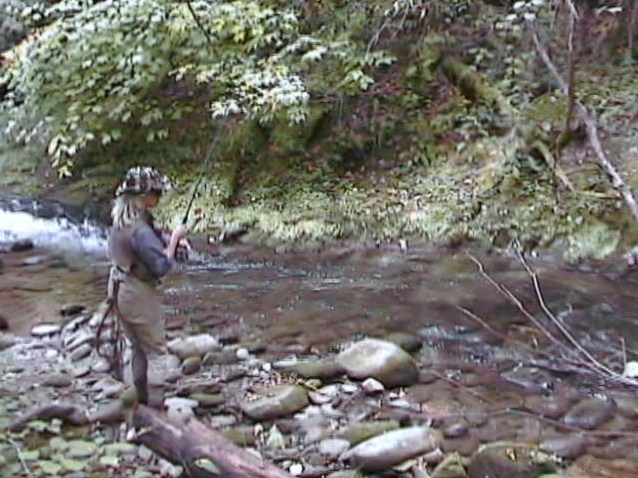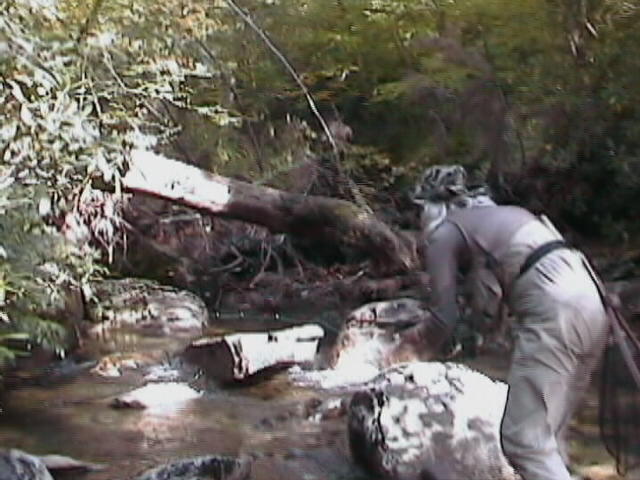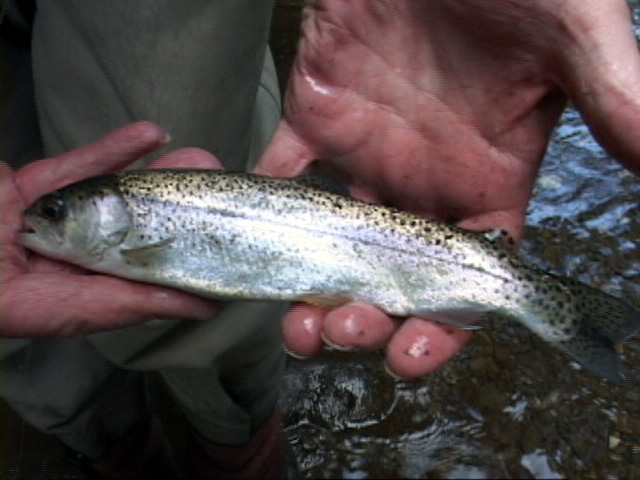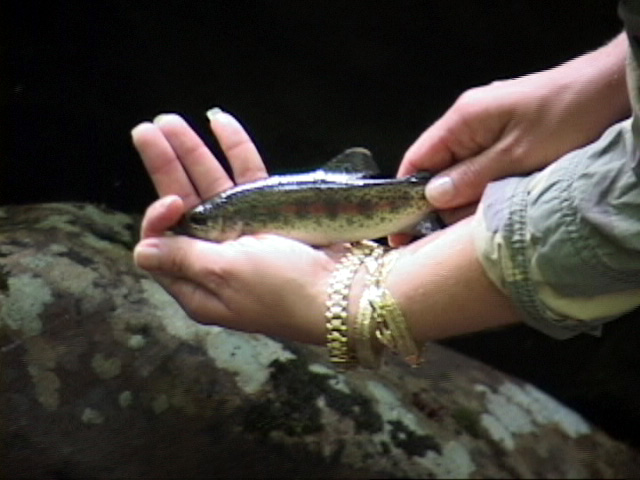
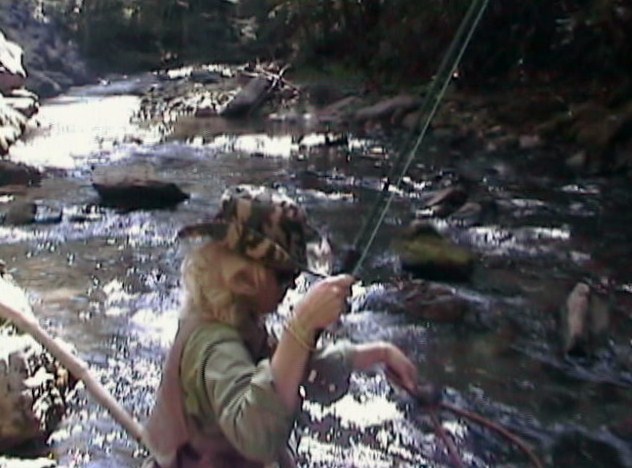
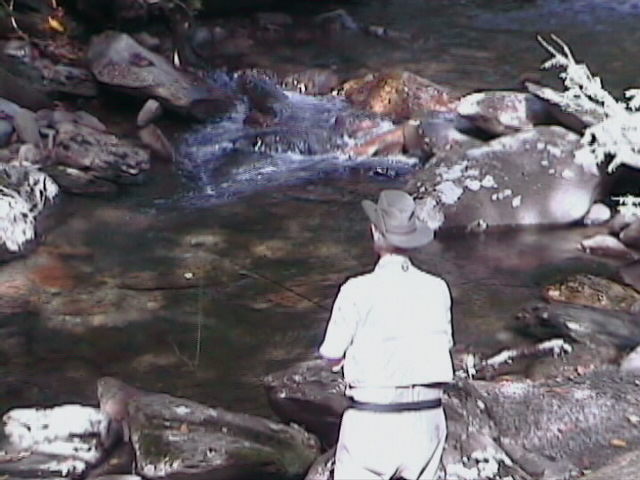
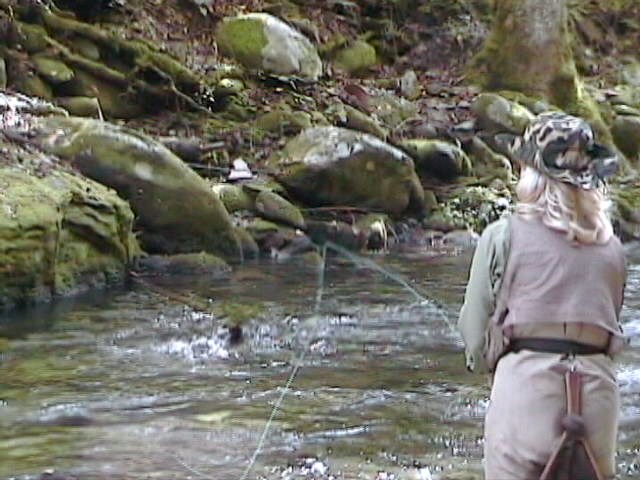
A Headwater Stream:
Headwater Stream is a commonly used phase to distinguish the smaller streams in the higher elevations of freestone streams. There’s really not any real definition of the phase “headwater stream”. It’s just a general term that distinguishes the uppermost streams from the larger, streams in the lower elevations.
Just where a headwater stream ends depends on one’s personal definition of the phrase. For example, I guess the Little River could be considered one of the headwater streams of the Tennessee River. More anglers would think Fish Camp Prong should be more appropriately considered a headwater stream of Little River than Little River a headwater stream of the Tennessee River. At least in the sense we will use the phrase “headwater stream”, our intent is to define the uppermost, smaller streams at the “head” of the larger watersheds and streams that exist the park.
When it comes to fly fishing headwater streams, here’s an important fact to consider. Although there are always some exceptions, the further you travel upstream in any headwater stream, the smaller you will usually find the fish to be. Although the amount of available food is usually the most important factor in determining the size of the fish in a stream, the physical size of the stream can also affect the size of the fish. It’s a fact that small streams usually have small fish. As a general rule, the smaller the stream, the smaller the fish.
It may seem appealing to venture far upstream or to hike into the backcountry from the standpoint of envisioning that there are more large fish there than there are in the lower part of the stream. The fact is, just the opposite is usually the case. There are many other advantages of hiking into the remote part of a stream for some anglers, depending on their personal preferences, but catching bigger fish is usually not one of them.
Copyright 2011 James Marsh
